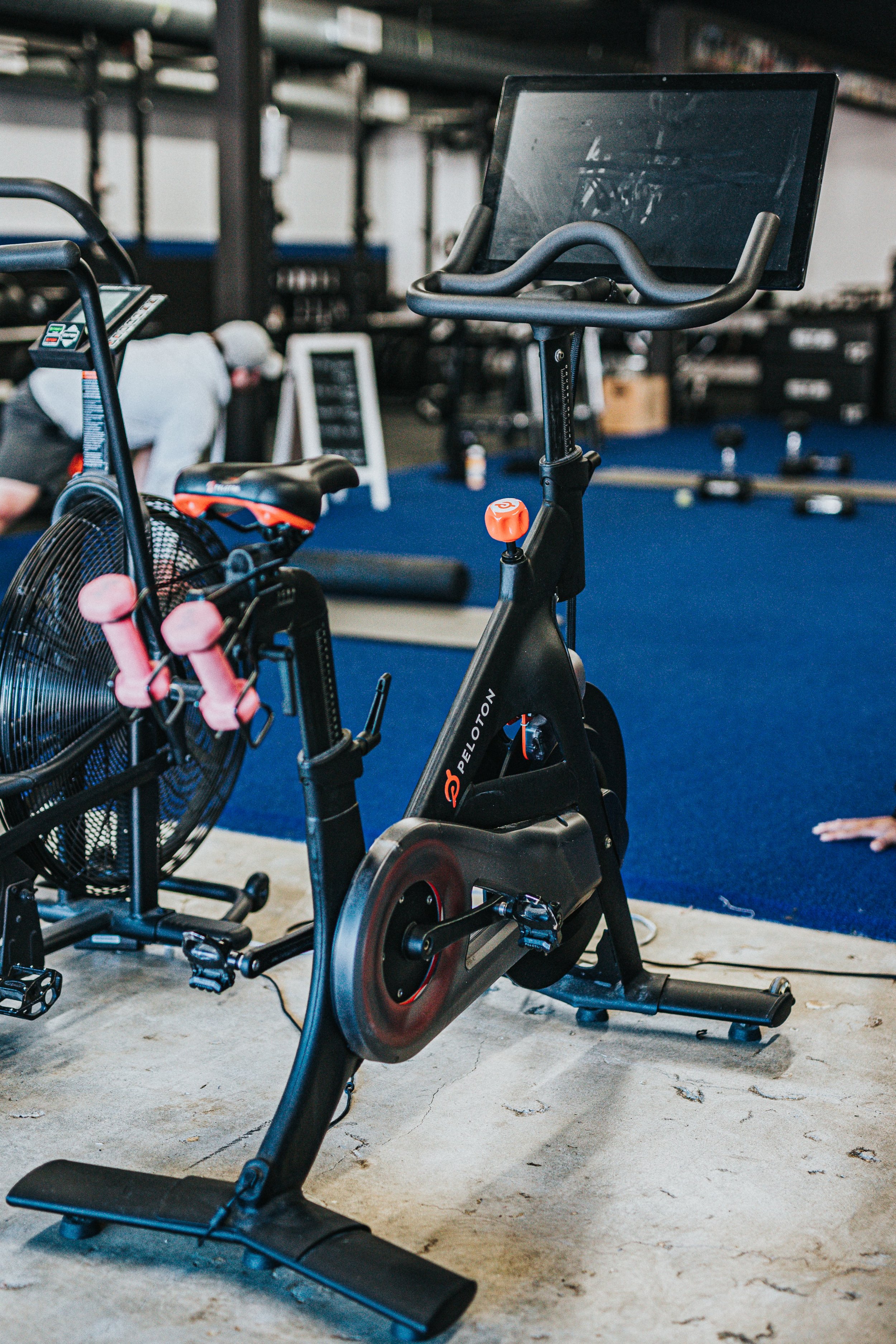
Peloton: More than an app
Overview
Peloton has been a powerful presence in the fitness community for nearly a decade now. The brand is mostly associated with the stationary bicycle but has begun to expand and offer products/classes for many forms of exercise. The Peloton app provides users with a sense of community by allowing users to connect with each other virtually by using hashtag systems. However, it lacks the ability within the app itself to allow users to engage in conversation with fellow Peloton users, forcing many of them to find other means in order to communicate with each other.
The Goal
As Peloton expands their focus on community building, we take a look at how we can provide a stronger sense of unity amongst Peloton users during the time before and after the workout.
Our Process
After sending out an initial survey to gather participants, we conducted user interviews and gathered insight into users Peloton use as well as their social media habits and general social preferences.
We used an affinity map to lay out and better visualize the data responses gathered from users.
Additionally, we performed a comparative & competitive analysis of other fitness apps (as well as social apps) to see how we could incorporate a social feature into our product.
What We Found
Below are some key insights we found through our research that helped us plan our next steps.
Who? What Why?
Given the data gathered from our research, we were able to create a persona and define a clear problem statement to keep us focused on our goal.
Alison Hendrix wants to develop a closer sense of community with her Peloton peers, but finds it difficult to initiate contact within the community.
This gave us the ability to create a clear problem statement and pathed the way for us to solve it.
How?
This begged the following question:
The Grind
Now that we had all our research data analyzed and interpreted, it was time to get down the nitty-gritty part of coming up with a solution.
Initial sketches of possible designs based on the current Peloton app as well as our own gathered research findings.
User flow diagrams allowed us to plan and layout the possible steps a user would take for this particular task.
IA helped us in organization and placement of product features as well as best design practices.
The Prototype
Finally, we were able to create a working prototype that incorporated key findings form our research into the app and allowed for a seamless user experience while adding a social component.
You can view the working prototype by clicking here, or by simply clicking on the image above.
How Did It Go?
Of course, you might be asking yourself; but how did it go though? Below we show you what we found when running a usability test based on the new design.
We wanted to put our design to the test by performing a usability tests with real users.
Here are the key findings from the usability tests conducted. Overall, we were very pleased with the results and even more so to observe and make note of the areas in which the product could improve.
What Now?
In design, we always say “there is no finished product”. As time goes on, technology changes and so do people. It’s important to keep this in mind and revisit our work in order to ensure we are constantly offering the best design solutions to our users. Rather than looking at this as a nuisance of never ending work, I consider it a true privilege that we as humans are evolving and pushing ourselves to outdo our past. This creates an infinite amount of possibilities for creativity and growth that have to this day only benefited us as a species and society. For this particular project, you can see what that might look like below:












